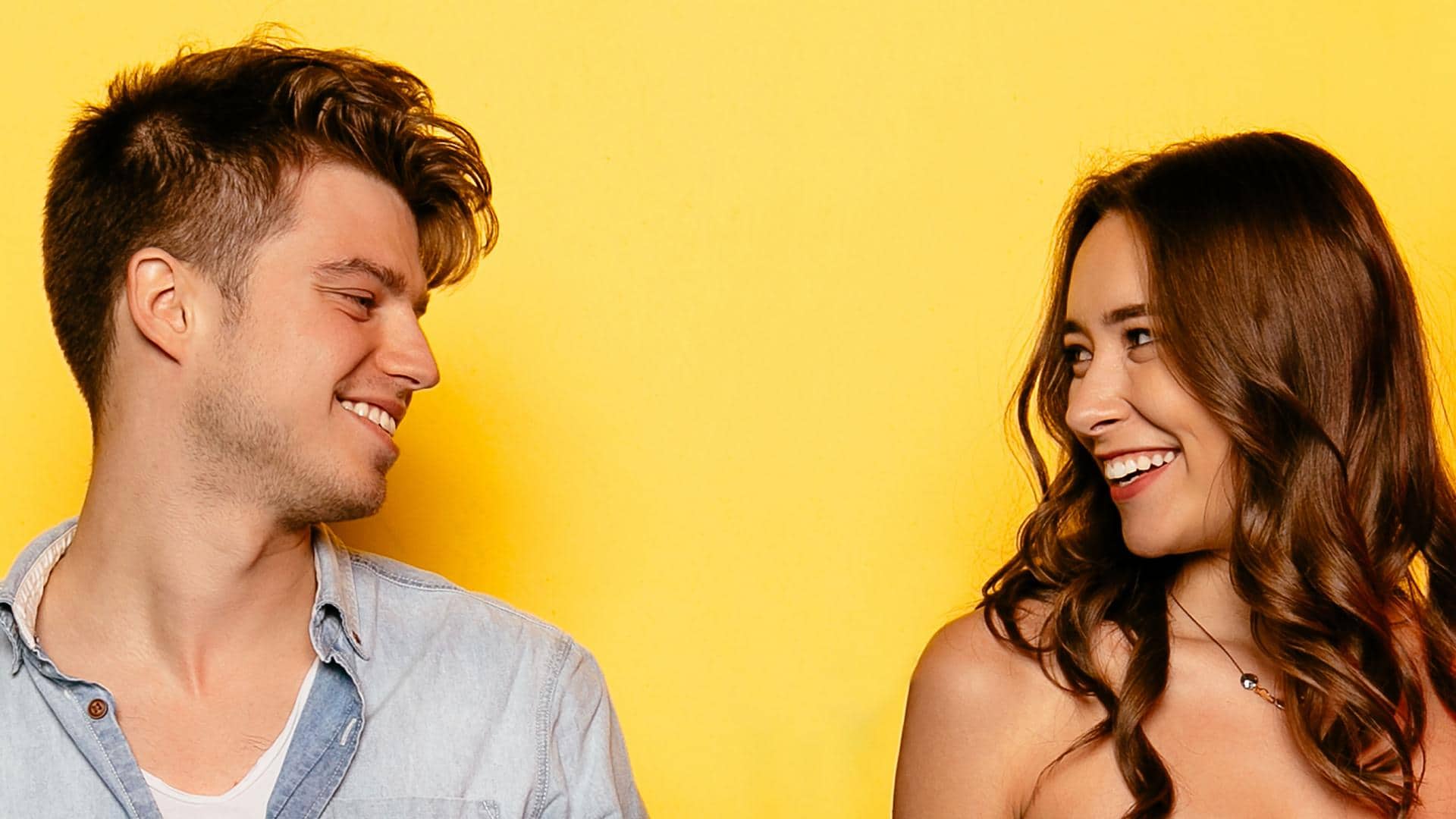
WEIGHT: 61 kg
Breast: B
One HOUR:50$
Overnight: +90$
Sex services: Facial, Face Sitting, Strap-ons, Golden shower (in), Striptease
This year, I saw robin fledglings in early June, saw new ones in July, and recently have been seeing a whole new batch. Last week I also saw a new batch of House Wren fledglings. Last year, I noticed BB, my banded male, bringing fledglings here on July 10 and got to see him feeding at least one of his chicks just about every day through August 9.
Pileated Woodpecker parents split up their brood from day to day, each parent taking one or more. So I was very eager through July, keeping watch whenever he showed up to see if there was a young one nearby, but no luck.

At some point, his nest must have failed. Now for the past week or so, an adult female has been coming to the feeder not with BB but a few minutes before or after him. All I know for sure is it made me sad not to see him with babies again.
As is normal for adult birds in late summer, BB looks bedraggled. Growing an entirely new set of feathers each year takes a lot of nutrients. One of my Blue Jays was almost bald, looking utterly ridiculous a few weeks ago. That same bird looks much better now, but you can still tell its new facial feathers are not all the way in. I can see newly erupting feathers on my adult Brown Thrasher and a Northern Flicker, too.

On Monday after spending a bit of time at the birdbath, an adult male flicker spent a lot of time preening in my apple tree, giving me quite a photo op. Tails grow back on birds, but not on mammals. Dizzy, my favorite little chipmunk who stuffs her cheeks with sunflower seeds or peanuts while letting me pet her, also apparently got into a tussle with a predator recently. On Saturday, I noticed that half her tail was missing—well, the furry part. A thin string of muscle-covered vertebrae was still there.




































